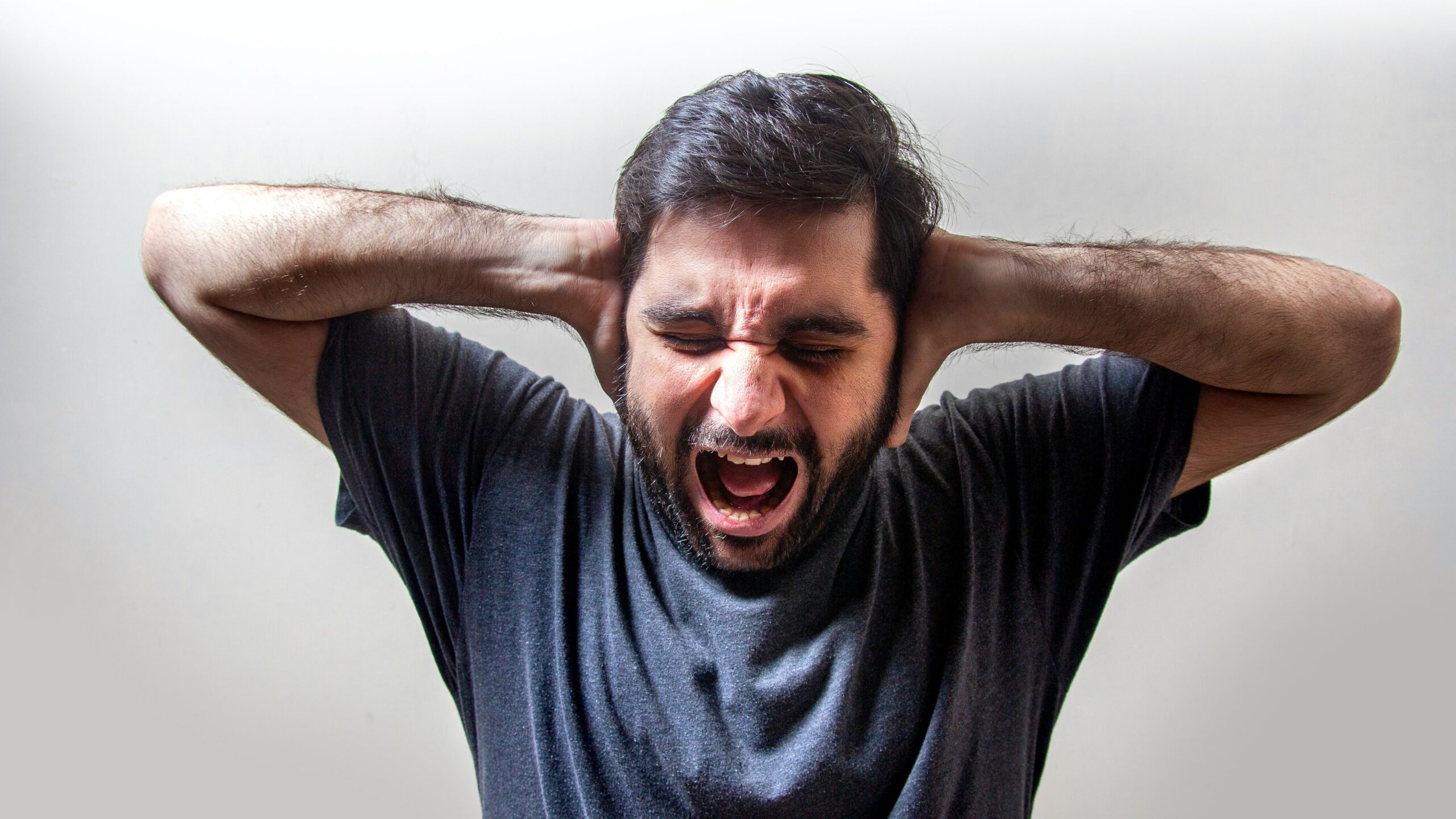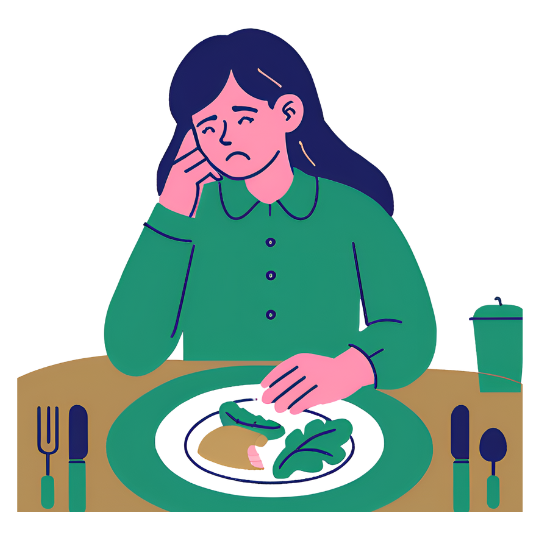
What You Need to Know About Panic Disorder
Panic attacks are surprisingly common. One out of three people will have at least one panic attack in their lifetime. However most of the people who experience a panic attack do not have a panic disorder and do not necessarily need to find professional treatment for it. Someone with a panic disorder on the other hand will experience repeated, frequent, and unexpected panic attacks.
Read on to find answers to frequently asked questions about this disorder.
What is Panic Disorder? What are the common symptoms and triggers?
Panic disorder is a severe anxiety disorder with unexpected and repeated periods of intense fear or discomfort and a sense of losing control. It can last minutes or hours in the day.
Common symptoms during episodes of panic disorder include:
– intense fear or extreme anxiousness (fear of dying, fear of losing control)
– racing heartbeat, pounding chest
– shortness of breath, feelings of suffocation
– trembling
– dizziness, lightheadedness
– fear that this episode will return again
Panic disorders develop when panic attacks occur repeatedly. Sometimes, panic disorders can happen “out of the blue ” or without warning or known cause. We see patients also getting triggered by something that reminds them of previous panic attacks, thus causing another panic attack.
One thing to note is that panic attacks are not the same as a panic disorder. Many people experience one panic attack in their life. Someone has a panic disorder when they experience recurring panic attacks.
Can trauma or a certain experience cause Panic Disorder?
When treating someone for Panic Disorder, the therapist, nurse practitioner, or psychiatrist will seek to discover what event began and jump started panic attacks.
Traumatic events definitely are common causes for panic disorder. Individuals may become triggered consciously or subconsciously by cues that remind them of their past trauma which can cause them to have panic attacks.
How often do people suffer from this disorder?
It is not certain what the prevalence is within children, but we do know that around 4.7% of Americans experience panic disorder at one point in their lifetime.
What are typical treatments for panic disorder?
One of our first recommendations is psychotherapy or cognitive behavioral therapy. Psychotherapy is essential to understanding where the triggers in a panic disorder are coming from. We seek to understand if there is a specific event(s) in the past that caused the onset of these panic attacks. Through psychotherapy, a patient can also learn new ways to control their panic attacks.
Sometimes we prescribe medications when an individual suffers from severe panic attacks and they could potentially hurt themselves during an episode. For example, we have seen patients experience a sensation of paralysis during an episode.
Early treatment will help prevent complications. Untreated panic attacks can lead to another type of condition such as agoraphobia and fear of leaving their own home. Patients with untreated panic disorder may turn to substances to temporarily ‘ameliorate’ their anxiety but instead develop an addiction. Therefore, we highly stress seeking treatment as early as possible if you or your child experience panic attacks.
For those taking medication, do they have to take it regularly or just when they feel a panic attack coming on?
There are two types of medical treatment:
Maintenance anti-anxiety medication: The first type of medication targets the generalized anxiety in order to reduce the chance of panic attacks happening. The patient needs to take this regularly on a schedule.
“Rescue” medication: This medication is used on an ‘as-needed’ basis. Some patients can feel when a panic attack is about to happen, or they can predict when they may come into a situation that may trigger a panic attack. They can take this medication to prevent a full-blown panic attack. This type of medication helps regulate physical symptoms such as difficulty breathing and a racing heart.
What can parents or teachers do to help children with this problem?
– Recognize that a panic disorder is a serious illness. It should be addressed as soon as possible as it can interfere with relationships, school performance, attendance, and more. Panic disorder can be so severe that children are terrified of leaving their home. It also interferes with normal social development as they are unwilling to go to school and be among their peers. Untreated panic disorder can lead to avoidance, agoraphobia (fear of leaving the home), and depression. These conditions can then lead to suicide ideation and suicide risk. Panic disorder is a serious illness and should be treated as such.
– Meet with a mental health professional. If a child has experienced a panic attack but the doctor has determined that there are no underlying physical issues, it is time to meet with a mental health professional. They can help determine if this is a psychiatric issue. A panic attack can feel like a heart attack so many people will rush to the emergency room assuming something is wrong physically. However, after all the tests are performed, the doctors determine that the cardiac function is not impaired. If everything physically is just fine, then it is important to figure out the underlying psychiatric cause.
– Validate the nature of the discomfort. Do not dismiss someone who experiences panic attacks telling them to “just calm down” or that nothing is wrong with them physically. It may cause them to feel even more anxiety.
– At the same time, reassure them that they are safe. While we should dismiss the discomfort they are feeling, we should reassure them that the perceived harm is not going to happen, and that they are safe.
– Present the Gospel message. We can teach the power of the Gospel message to our children, that they can always pray and turn to Jesus in times of hardship. We can also teach our children that Jesus Christ is our protector and our provider, so that the concept of faith and trust can be deepened. Severe anxiety, worry, and panic ultimately all stem from a disbelief that we are loved and provided for.
What does a panic attack look like and what can we do to help when we see someone experiencing one?
Some people may not be able to express verbally that they are having a panic attack. They may show symptoms like rapid breathing, clutching their chest, looking unsteady and gripping onto furniture, and looking fearful.
If you see someone experiencing a panic attack, do not shout or raise your voice. Call out their name and reassure them: “Billy, I am here. You’re okay.”
Help them catch their breath by taking deep breaths with them. “Let’s take a deep breath in, and take a deep breath out.”
Touching them may be a trigger, so ask them if you can touch them. “Can I hold your hand? Do you want me to hug you? Do you want some space?”
What if they are not calming down and it starts to look like a medical issue, what should we do?
Panic attacks can look very similar to a heart attack or an asthma attack. If someone seems to be experiencing a heart attack or an asthma attack, call for medical help immediately.
It goes to say that if you are unsure if someone is experiencing a panic attack or a medical issue, call for medical attention immediately just in case.
When a panic attack is happening, is the person aware of the triggers?
Many times, the patient is not aware of what the triggers are for a panic attack. That is why it is so important to seek early treatment as soon as you experience a panic attack and no other underlying medical conditions are diagnosed. Psychotherapy will help patients understand what are the triggers – subconscious or otherwise – and how to best ameliorate them in the future. A therapist or a psychiatric prescriber will be instrumental in helping patients discover their deep-seated fears and traumas and take the first step toward healing.
You can watch the accompanying Anchor of Hope video here.
Enjoyed our blogpost? Subscribe to our newsletter for more resources on mental health and integrating the Gospel message in your healing journey.
If you found our resources useful, please consider donating to Oak Health Foundation, which is a 501(3)c nonprofit dedicated to providing resources regarding holistic mental healthcare and subsidized treatment for those in need.




